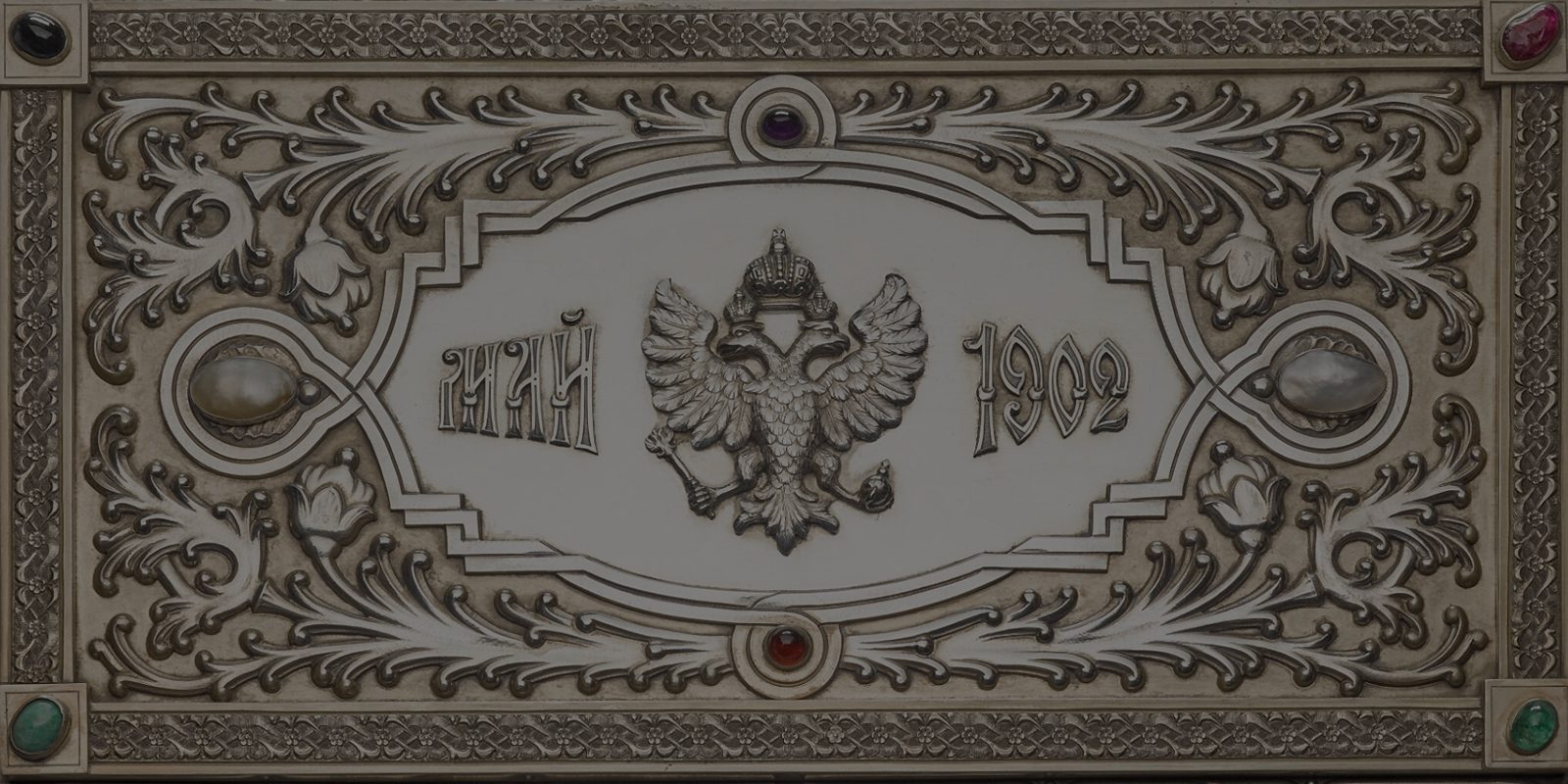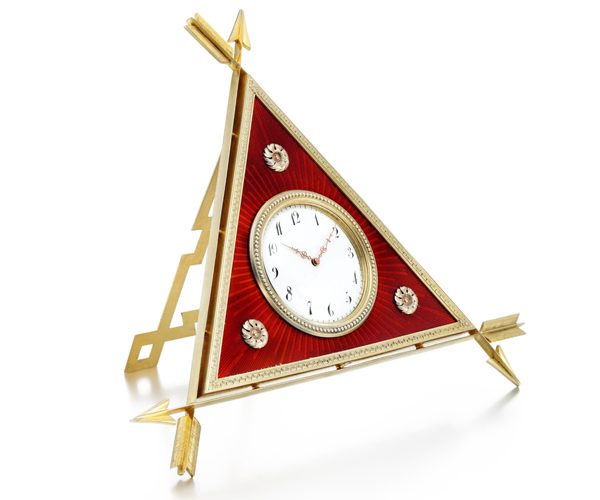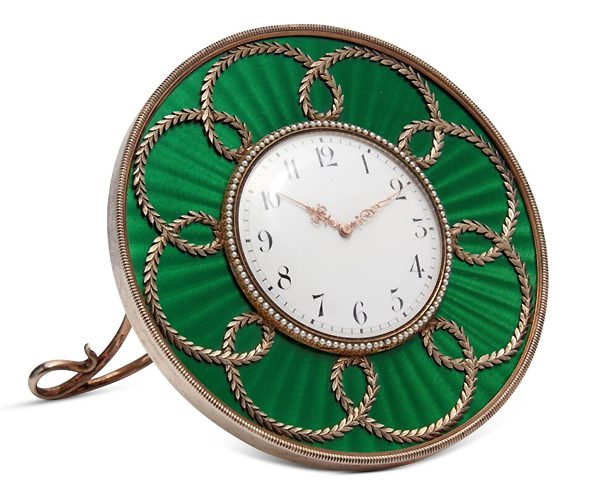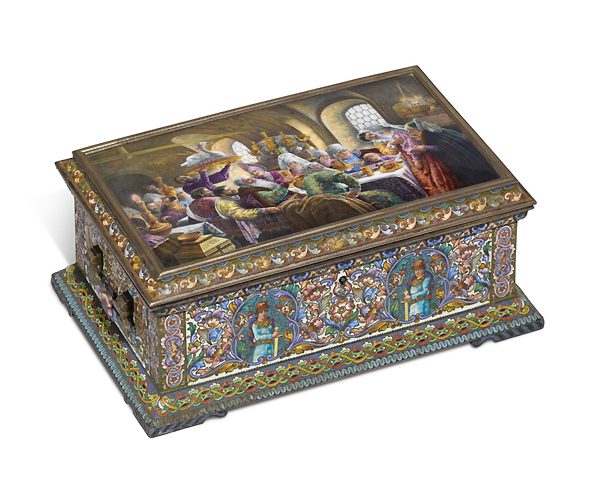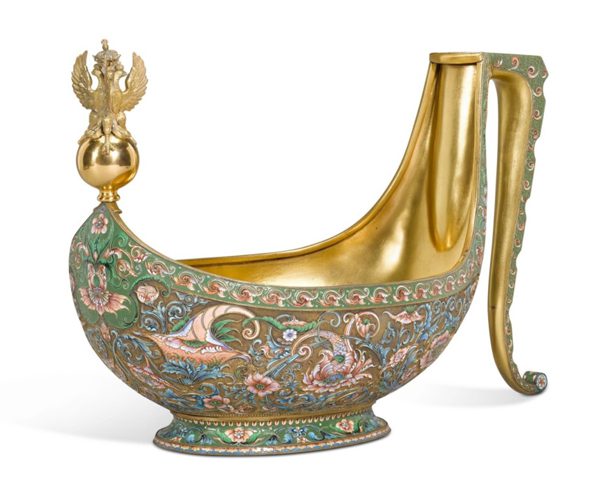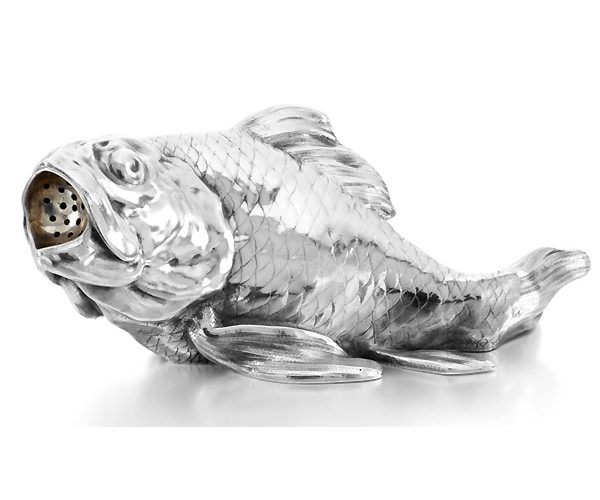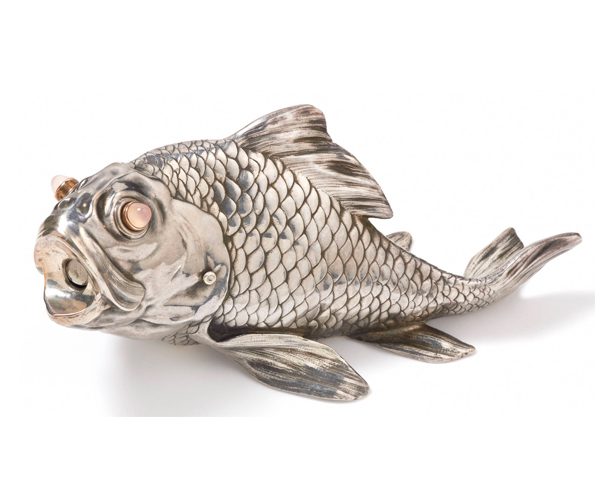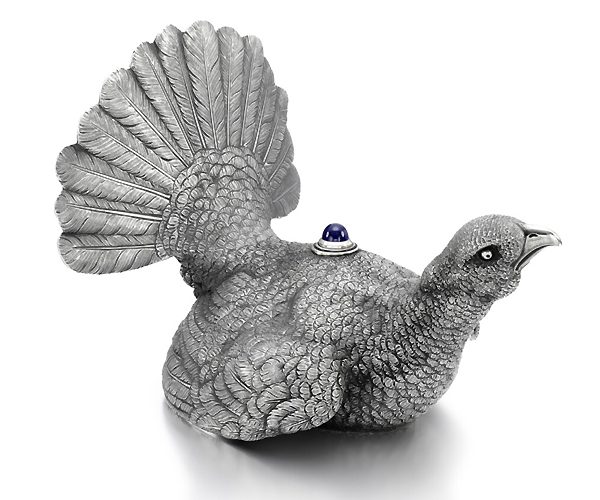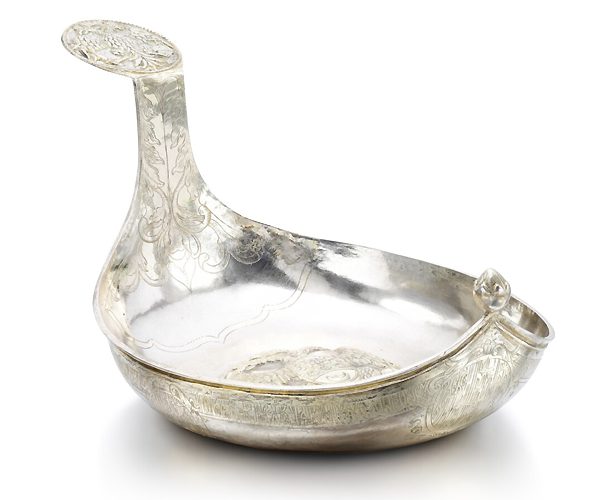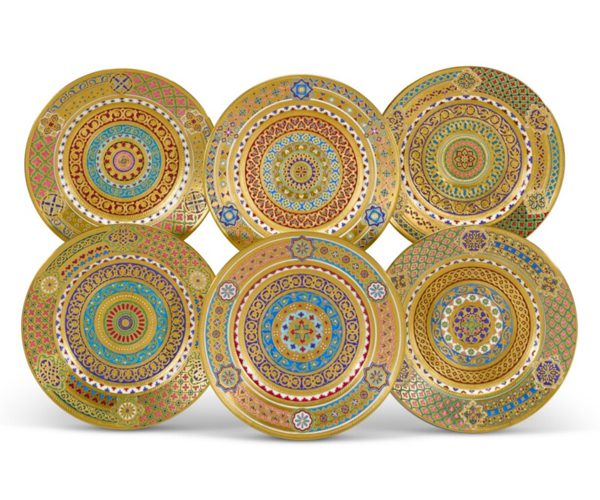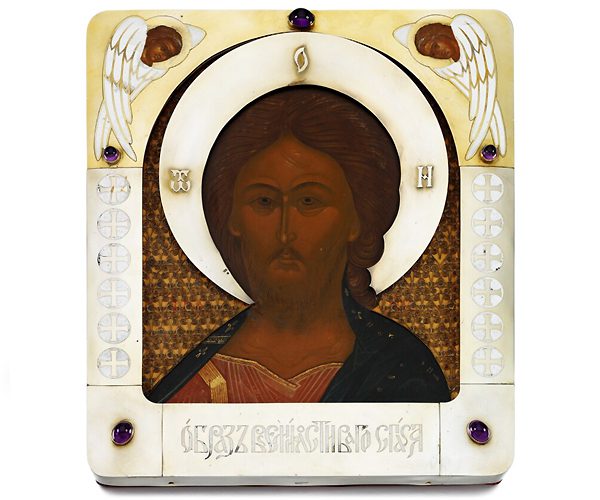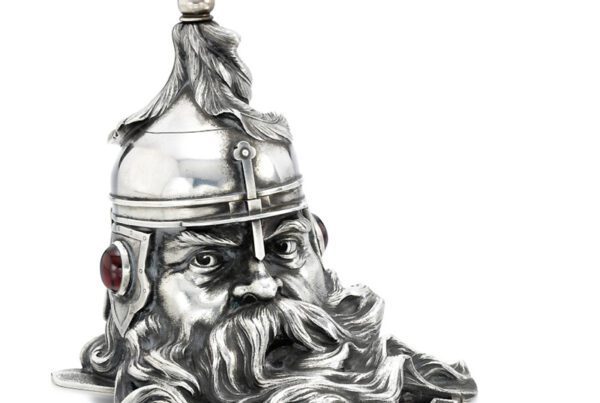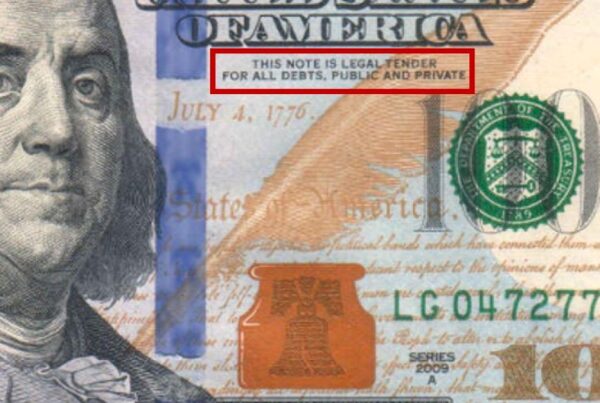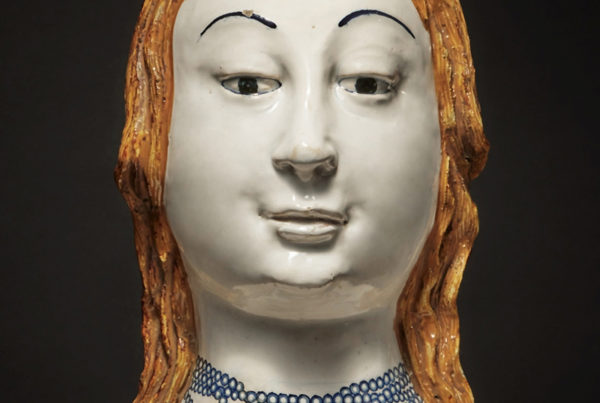Sotheby’s 160-lot London auction of Fabergé, Imperial & Revolutionary Works of Art, to be held on July 11 (on-line bidding only opened June 27), has plenty of tiddly little pieces and nothing of any particular importance – but at least Sotheby’s are trying to do something! Christie’s seem to have run up the white flag – closing their Russian department and firing its head Alexis de Tiesenhausen, who had reigned supreme for the past third of a century. Poor guy: whatever he’s gonna do next, I can hardly imagine Alexis becoming an independent dealer.
I salute Sotheby’s attempts to jump-start sales of Russian material and recreate a Russian art market. I know it’s difficult: Russians cannot pay, they cannot collect, and business with Russian nationals is subject to sanctions and all sorts of legal issues. It’s clear that very, very few people believe in the market. There’s nothing at Sotheby’s but nice small bits and bobs for presents and beginner-collectors. People are not consigning, simple as that.
That said, most of the offered lots in the sale seem to be clean, though I have several questions as regards authenticity. I’ll be going along! I do hope the sale ain’t gonna be a session of grief and disappointment.
FABERGE CLOCKS
- Sotheby’s, 11 July 2023, Lot 17, Fabergé silver-gilt and guilloché enamel desk clock, workmaster Michael Perkhin, St Petersburg, circa 1900, estimate 50,000 – 70,000 GBP
- Sotheby’s, 11 July 2023, Lot 24, Fabergé silver-gilt and guilloché enamel desk clock, workmaster Henrik Wigström, St Petersburg, 1903-1904, estimate 65,000 – 85,000 GBP
I’m highly sceptical about the £50-70,000 estimate assigned to a pretty but mundane triangular silver-gilt and red guilloché enamel desk clock by Perkhin (Lot 17). And I am just as pessimistic about the circular silver-gilt and green guilloché enamel clock by Wigström (1903-04): I think it has little chance of selling, even below its hefty pre-War estimate of £65-85,000 (Lot 24)… despite its previous appearance in Christie’s London in 2011, when it brought a whopping premium-inclusive £109,250 against an estimate of £80-120,000. Those were the days!
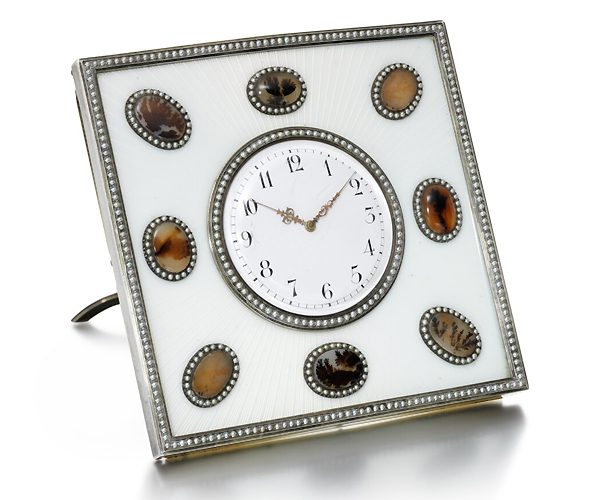 Sotheby’s, 11 July 2023, Lot 34, Fabergé silver-mounted guilloché enamel and dendritic agate desk clock,
Sotheby’s, 11 July 2023, Lot 34, Fabergé silver-mounted guilloché enamel and dendritic agate desk clock,
workmaster Michael Perkhin, St Petersburg, circa 1890, estimate 30,000 – 50,000 GBP
I’m not quite sure why a silver-mounted square opalescent white guilloché enamel and dendritic agate desk-clock by Perkhin has an estimate of just £30-50,000 (Lot 34), making it the most likely of the three to find a buyer, as it is by far the most interesting clock in the sale. Why’s there such a huge difference with the estimates for the other two clocks? Consignor greed? Disregard of the current market? Lack of expertise? Undue optimism? Who knows.
ENAMELS
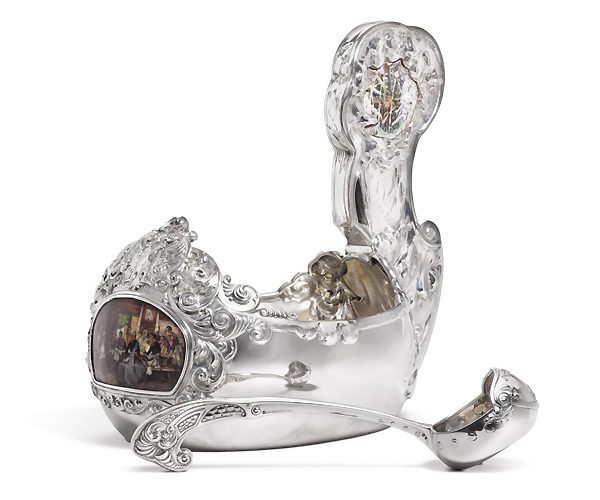 Sotheby’s, 11 July 2023, Lot 44, Large silver and en plein pictorial enamel kovsh, Egor Cheryatov,
Sotheby’s, 11 July 2023, Lot 44, Large silver and en plein pictorial enamel kovsh, Egor Cheryatov,
Moscow, 1908-1917, estimate 120,000 – 180,000 GBP
I’m not sure about the large silver and en plein pictorial enamel kovsch by Egor Cheryatov (Moscow 1908-17). We’ve seen a number of similar kovshes by the same maker in the past – this one looks interesting enough but these items, if not quite mass-produced, were pretty numerous, so the whacking great estimate in current reality doesn’t make a lot of sense (Lot 44, est. £120-150,000). The days of asinine prodigious spending have sunk into oblivion. Remember the joke? Two Russian rich guys meet on Bond Street, both wearing ties made by some fancy boutique firm. One asks: How much? His buddy proudly says: £1,000. The first guy retorts: You dumbo! I bought the same round the corner for £1,500! Here’s another: ‘Ivan! Go get me a new Rolls! The ashtray on this one is almost full!’
A large, wonderfully crafted silver-gilt and enamel casket by Rückert (Moscow 1899-1908) will probably sell – but how many Rückert boxes of this or that size, with the same Makovsky Wedding Scene, have we seen over the years? (Lot 45, est. £180-250,000).
- Sotheby’s, 11 July 2023, Lot 45, Silver-gilt, cloisonné and en plein pictorial enamel casket, Feodor Rückert, Moscow, 1899-1908, estimate 180,000 – 250,000 GBP
- Sotheby’s, 11 July 2023, Lot 46, Monumental silver-gilt and cloisonné enamel kovsh, Vasili Agafonov, St Petersburg, 1899-1908, estimate 50,000 – 70,000 GBP
The monumental silver-gilt-mounted and cloisonné enamel kovsh by Agafonov (St Petersburg, 1899-1908) is fine if you love big chunks of enamel, but boring. Its only saving grace is its size. Some small peripheral museum would love it (Lot 46, est. £50-70,000).
The lacklustre bits of enamel later in the auction (Lots 80-88) appear in every sale, and are of little or no interest.
SILVER
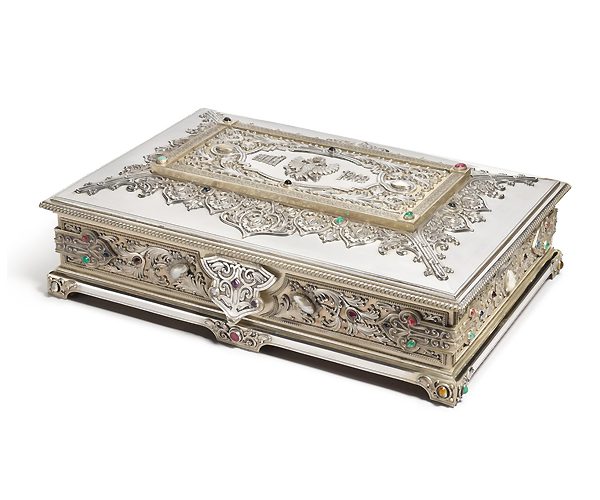 Sotheby’s, 11 July 2023, Lot 43, Fabergé gem-set silver imperial presentation casket,
Sotheby’s, 11 July 2023, Lot 43, Fabergé gem-set silver imperial presentation casket,
Moscow, circa 1902, estimate 100,000 – 150,000 GBP
I like the look of the Fabergé gem-set silver imperial presentation casket (Moscow c.1902). It’s a great piece of historical importance – presented by Tsar Nicholas II to French President Emile Loubet during his State visit to Russia in 1902 (Lot 43, est. £100-150,000). I certainly wouldn’t argue with the estimate, I think it’s spot on. It certainly makes more sense than the estimate on that enamel kovsch by Cheryatov. In the good old past this Fabergé casket would have elicited mighty serious competition. Could it happen today?
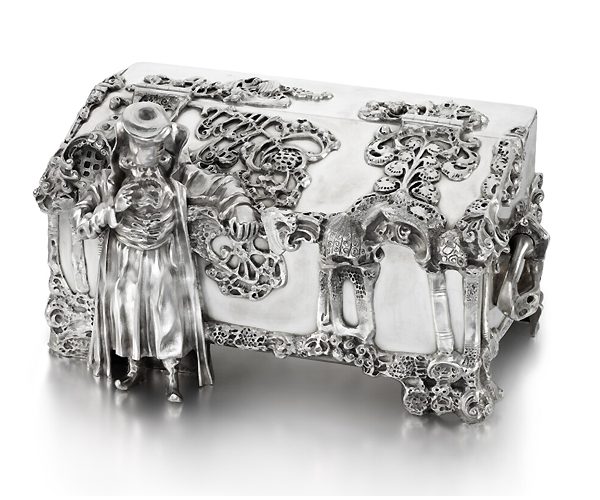 Sotheby’s, 11 July 2023, Lot 90, Large and important figural silver casket, Khlebnikov,
Sotheby’s, 11 July 2023, Lot 90, Large and important figural silver casket, Khlebnikov,
Moscow, 1908-1917, estimate 55,000 – 65,000 GBP
There’s a bunch of silver and glass decanters (Lots 59-66) – seen one and you’ve seen them all – then, a bit later, a fancy, foot-long Khlebnikov silver casket incorporating the figure of a boyar (Moscow 1908-17). This was purchased at the small Haynault firm in Uccle (a suburb of Brussels) for €57,900 only three months ago. Some smart ass has decided to slip it into Sotheby’s apparently expecting untold profit (the estimate reads £55-65,000). Fat chance! Everybody knows everything in today’s internet world. Collectors and my colleagues in the trade are sure to have recognized it. Strikes me as a mighty curious way of going about things (Lot 90).
- Sotheby’s, 11 July 2023, Lot 68, Fabergé silver salt shaker in the form of a carp, workmaster Hjalmar Armfelt, St Petersburg, 1908-1917, estimate 8,000 – 12,000 GBP
- Fabergé silver cigar cutter, modelled as a carp, workmaster Henrik Wigstrom, St Petersburg, circa 1908, showed in the V&A exhibition “Fabergé in London: Romance to Revolution”, 20 November 2021 to 8 May 2022
The three Fabergé silver figures (Lots 67-69) may be interesting, if only they’re correct – I need to look at them myself to check their authenticity. The Hjalmar Armfelt Carp salt-shaker (Lot 68, est. £8-12,000) is of the same shape and size as a silver Wigström carp cigar cutter shown at the recent V & A Fabergé and raises doubts, if not disbelief, as to its veracity. I’ve never heard of Wigström or Armfelt mimicking each other, or about their engaging in any co-operation. Neither specialized in producing cast silver objects. In other words: this is all a bit of a conundrum, not to say dodgy.
- Sotheby’s, 11 July 2023, Lot 69, Fabergé gem-set silver bell push in the form of a capercaillie, workmaster Julius Rappoport, St Petersburg, circa 1890, estimate 18,000 – 25,000 GBP
- Sotheby’s, 11 July 2023, Lot 96, Silver-gilt imperial presentation kovsh, Moscow, 18th century, estimate 18,000 – 25,000 GBP
I’ve never seen the capercaillie bell-push, also supposedly by Rappoport, in person (Lot 69, est. £18-25,000). The sapphire push-button is awkwardly positioned on the bird’s back – push mechanisms were usually placed on the face of the animals and cleverly disguised as eyes, ears or nose. Not this time.
Pick of a tedious gaggle of silver kovshi is a silver-gilt 18th century imperial model (Lot 96, est. £18-25,000). These items used to sell for huge amounts and provoke intense competition among bidders. Those times have gone. The competition has not only diminished, it no longer exists.
PORCELAIN
- Sotheby’s, 11 July 2023, Lot 117, Porcelain centrepiece, Imperial Porcelain Factory, St Petersburg, period of Alexander II, estimate 25,000 – 35,000 GBP
- Sotheby’s, 11 July 2023, Lot 111, Set of six porcelain plates, Kornilov Brothers Porcelain Factory, St Petersburg, 1880s to 1917, estimate 30,000 – 50,000 GBP
Sotheby’s have slapped a £30-50,000 estimate on both a set of six porcelain plates from the Kornilov Brothers factory (Lot 111) and eight pictorial Imperial Porcelain plates from around 1820…. Those are prices from way back when! I hope they can be resurrected but, given Putin’s onslaught on Ukraine, I doubt it. The same goes for the Alexander II neo-rococo white and gold Imperial Porcelain centrepiece (Lot 117, est. 25-35,000). These things used to be snapped eagerly by collectors – not any more.
Lots 120-127 are devoted to 19th century Imperial Porcelain Easter eggs, beginning with a set of six (est. £2-3,000) and including three individual eggs (est. £3-5,000 apiece). Several similar eggs appeared at auctions back in the 1990s when prices were several times higher than the estimates here! Consider inflation too.
For many years I helped collect porcelain eggs for my friend Harold Whitbeck – most of them were published in his book on Russian Imperial Porcelain Easter Eggs in 2003. These eggs were very popular as presents for Easter among Russian royals but their collectability has waned over the years, and prices have plummeted.
After a series of porcelain auction-fillers (Lots 136-143) we come to some workaday Russian Revolutionary porcelain (Lots 145-151). We’ve seen most of this stuff before. There’s probably still some sort of market for it, but it’s tough to say how strong that market is because there are no recent auction prices to go on. Further: I hear that all the mega buyers are no longer buying.
‘FABERGE’ MINIATURE EGGS
As for miniature ‘Fabergé’ pendants, there are so many forgeries around these days that I don’t touch them with a bargepole. I know one skilled operator across the Pond who created tons of these little eggs for years. Unlike others, he did not produce several items of the same type. He was smarter than that, just producing one or two of the similar kind without flooding the market. Lots of other forgers were stupid and avaricious enough to produce twenty of this, fifty of that; this other guy was very coy and careful.
ICONS
- Sotheby’s, 11 July 2023, Lot 127, Gem-set silver-gilt and champlevé enamel icon of the Kazanskaya Mother of God, Sazikov, St Petersburg, 1867, estimate 40,000 – 60,000 GBP
- Sotheby’s, 11 July 2023, Lot 133, Gem-set silver-gilt and champlevé enamel icon of Christ, 1st Moscow Artel, Moscow, 1899-1908, estimate 70,000 – 90,000 GBP
There are only two icons of distinction: a gem-set silver-gilt and champlevé enamel icon by Sazikov (St Petersburg 1867), starring the Kazanskaya Mother of God (Lot 127, est. £40-60,000); and a sort of Art Nouveau gem-set silver-gilt and champlevé enamel icon of Christ from the 1st Moscow Artel which I hope sells, although I suspect the ambitious estimate might be a deterrent for bidders (Lot 133, est. £70-90,000).
*
There’s also a cluster of boring non-Fabergé decanters (Lots 71-78), and a bunch of bronzes by the usual makers/producers/suspects towards the end of the sale, that are nothing to write home about either (Lots 152-158).
The rest of the sale is routine material – some of it estimated at a reasonable level, sometimes a bit on the high side. Given the rather bleak contents I don’t think the sale is going to provoke terrific interest, but I do hope it’s successful, and that – despite the war in Ukraine and all the market uncertainty – Russian sales will continue to happen. I’d like to think that enough Russians living outside Russia will support the endeavours of Sotheby’s and other auctioneers to make it worth their while to continue.

